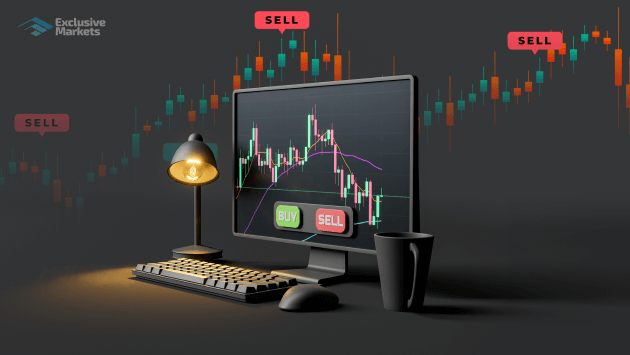
Your Ultimate Guide to Starting Forex Trading
Forex trading is a dynamic and potentially lucrative field that attracts a multitude of investors from around the globe. Whether you’re looking to supplement your income or embark on a full-time trading journey, getting started with Forex requires careful planning and education. To help you in your journey, we provide you with a roadmap to successfully enter the Forex market. Additionally, you can check out how to start forex trading Forex Brokers in Argentina for more local insights.
Understanding Forex Trading
Forex, or foreign exchange, refers to the global marketplace where currencies are exchanged. The Forex market is the largest financial market in the world, with a daily trading volume that exceeds $6 trillion. Unlike stock trading, which occurs in centralized exchanges, Forex trading takes place over-the-counter via a network of banks, brokers, and financial institutions.
Why Trade Forex?
There are several compelling reasons why individuals choose to trade Forex:
- High Liquidity: The Forex market is exceptionally liquid, allowing traders to enter and exit positions with minimal price fluctuations.
- Accessibility: With advancements in technology, Forex trading is accessible to anyone with an internet connection. You can trade from your computer or mobile device.
- Leverage: Forex brokers often provide leverage, enabling traders to control larger positions with a smaller initial investment. However, this increases the risk significantly.
- Diverse Market Hours: The Forex market operates 24 hours a day, five days a week, allowing traders to engage in trading at their convenience.
Steps to Start Forex Trading
1. Educate Yourself
Before diving into Forex trading, it's essential to arm yourself with knowledge. Read books, take online courses, and follow educational blogs related to Forex trading. Familiarize yourself with basic concepts such as currency pairs, pips, spreads, and charts.
2. Choose a Trading Style
Your trading style should align with your goals, personality, and risk tolerance. Common trading styles include:
- Day Trading: Involves buying and selling currencies within the same day.
- Swing Trading: Focuses on holding positions for several days to take advantage of short-term market fluctuations.
- Scalping: Involves making numerous trades throughout the day to capture small price movements.
- Position Trading: A long-term approach where traders hold positions for several weeks or months.
3. Select a Reliable Forex Broker
The broker you choose has a significant impact on your trading experience. Look for a broker that is regulated, offers a user-friendly trading platform, and provides competitive spreads and commissions. It's also important to consider factors like customer service, deposit methods, and available trading resources.
4. Create a Trading Plan
A well-defined trading plan is crucial for consistency and success in Forex trading. Your plan should include:
- Your trading goals (short-term and long-term)
- Risk management strategies (e.g., setting stop-loss orders)
- Criteria for entering and exiting trades
- Review and adjustment process

5. Open a Demo Account
Most reputable Forex brokers offer demo accounts that allow you to practice trading with virtual money. Utilize this feature to familiarize yourself with the trading platform, test your strategies, and gain confidence before trading with real money.
6. Start Trading with a Live Account
Once you feel comfortable with your trading skills and strategies, it’s time to open a live trading account. Start with a small amount of capital to minimize risks as you continue learning and adapting to market conditions. Keep track of your trades and analyze your performance to refine your approach.
Common Forex Trading Strategies
1. Technical Analysis
This involves analyzing price charts and using indicators to make trading decisions. Traders who employ this strategy focus on historical price patterns and economic indicators.
2. Fundamental Analysis
Fundamental traders analyze economic news and indicators. Forex prices are influenced by interest rates, economic stability, and other macroeconomic factors.
3. Trend Following
This strategy involves identifying and following the direction of market trends. Traders buy when the market is in an uptrend and sell in a downtrend.
Risk Management in Forex Trading
Risk management is a critical aspect of Forex trading. Here are a few strategies:
- Risk/Reward Ratio: Ensure your potential reward outweighs the risk you’re taking on any trade.
- Position Sizing: Decide how much of your capital you will risk on each trade based on your account balance.
- Use Stop-Loss Orders: Set stop-loss orders to limit potential losses and protect your capital.
Continuously Learn and Adapt
The Forex market is constantly changing, and successful traders continuously adapt to new information and market conditions. Attend webinars, read trading newsletters, and participate in trading communities to stay informed.
Conclusion
Starting your Forex trading journey can be exciting and overwhelming, but with the right education, planning, and mindset, you can navigate the market effectively. Remember, success in Forex trading doesn’t happen overnight; it requires dedication, patience, and continuous learning. Begin today, and embrace the challenges and rewards that Forex trading offers!